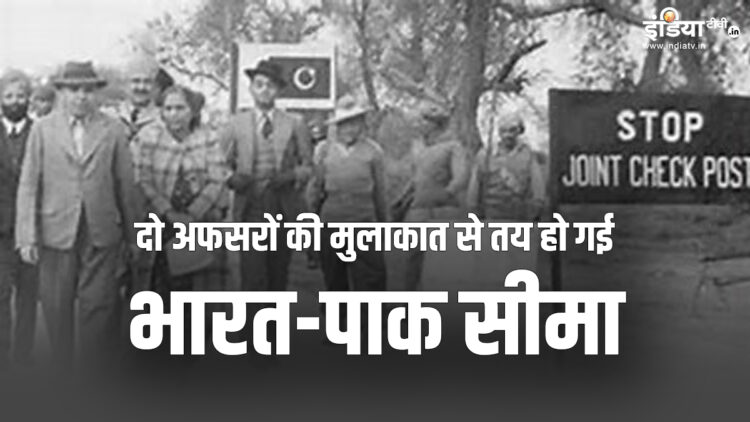How to become Attari Wagah Border
The Attari-Wagah border is the international border between India and Pakistan, which is located between Attari (India) and Wagah (Pakistan). The Attari Wagah border came into existence after the partition of India-Pakistan when the Attari came to India and Wagah went to Pakistan. This border has played an important role for trade, travel, and cultural exchange between the two countries after independence and partition. At present, the Attari-Wagah border is in crisis as India has closed its attic check post after taking strict action after the terrorist attack in Pahalgam.
The history of Attari Wagah border is interesting
A village on the Indian border, which was the village of Sardar Shyam Singh Attariwala, General of Maharaja Ranjit Singh and a village on the Wagah Pakistan border, which was the jagir of Shyam Singh. In this way, there is no significant difference between the Attari and the Wagah border, just two villages on both sides of the border of India Pakistan, but these borders became important for trade between India and Pakistan.
At the time of India Pakistan Partition, many people came from India from India and Pakistan from Pakistan.
Story of Attari Wagah Border
Prior to Partition, Lahore and Amritsar were the major centers of trade in undivided Punjab, so the Attari-Wagah border also became important. In 2005, trade started from the Attari-Wagah border. Today, the Attari and the Wagah border symbolizes cultural exchange and friendship between the two countries. The most important thing is that in the year 1959, the governments of the two countries started the Wagah Border Celebration (Beating Retreat Festival), which takes place before sunset every evening.
Five weeks were met for border determination
At the time of Partition, the attic check post was not so frill. Here some blue drums were placed and boundaries were drawn with stones. In 1947, British lawyer Sir Cyril Redcliffe was responsible for the border determination between India and Pakistan in Punjab and was given only five weeks to determine the border of both countries. In this short time, all this happened so hurriedly that both India and Pakistan sides received a few hours to read the Copy of the Radcliffe Award and it came into force from 17 August 1947.
The border is decided to meet two officers
Brigadier Mohinder Singh Chopra has told the interesting story of setting the border checkpost in his book 1947: A Soldier’s Story after retirement, in which he has told how he was given the responsibility of setting up the border from India and Nazir Ahmed. Both the brigaders met on the Grand Trunk Road and met in the border of Wagha village and at the same time the talk of making check posts was decided here.
On 11 October 1947, the Wagah checkpost was temporarily established and some drums and stones were drawn and the boundary line was drawn there. Some tents were installed on both sides. Centre boxes were made for monitoring by the soldiers and the flags of India Pakistan were also waved. Two flag columns were also installed on both sides and a brass plate was also installed in memory of this historical event.
After the Wagah border was fixed, the two officials again met at Attari village in the Indian border on 21 October. For about sixty years, this checkpost was called the Wagah border, but then on 8 September 2007 it was named Attari Border or Attari Checkpost.
Latest india news









